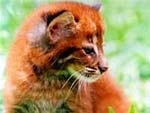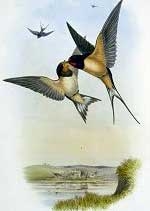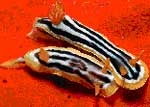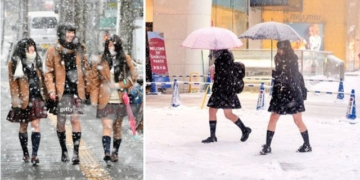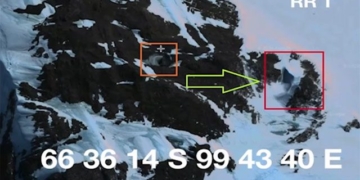Astonishing Photos by Explorer Julian Gunther Reveal the Life of the Anaconda, one of the largest snake species in the world, in South America’s wetlands. He submerged himself in the water for hours to get up close to these giant creatures.
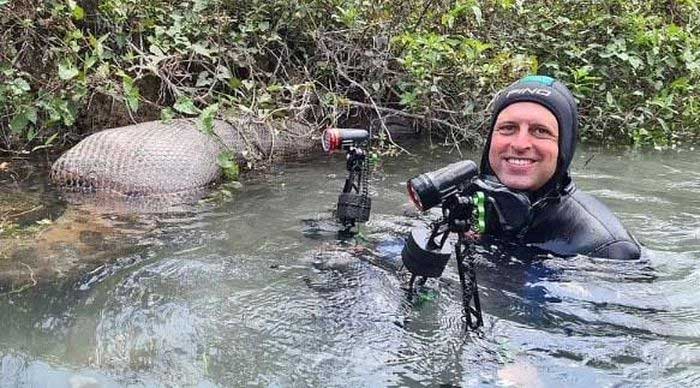
Julian Gunther diving underwater for close-up shots of giant snakes. (Photo: Daily Mail).
These snakes can reach lengths of up to 7 meters, coiling around branches and hiding underwater. They move, sometimes revealing their forked tongues and glassy eyes submerged in the dark water.
The 44-year-old explorer stated that taking authentic photos of these elusive giant creatures requires extensive preparation and careful planning. One crucial aspect is understanding the warning signs of when not to approach them. Always provide the snake with an escape route; never “corner them.”
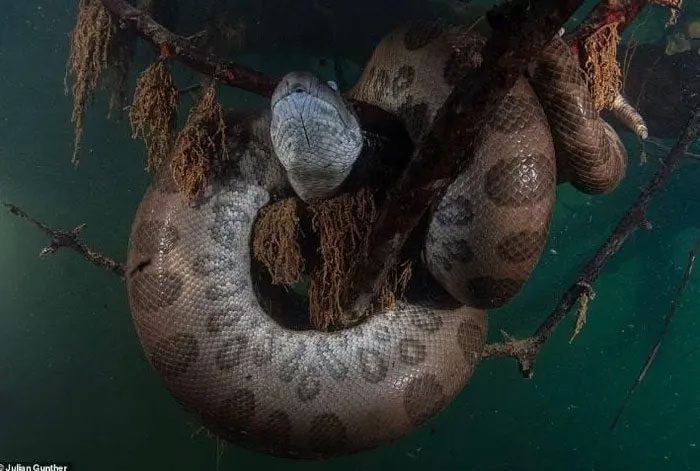
The snake coiled underwater. (Photo: Daily Mail).
According to Julian, the notion that Anacondas are very aggressive and attack anything in their path is a misconception. The 1997 horror film Anaconda, featuring Jennifer Lopez and Ice Cube, contributed to the unfounded fears surrounding this animal.
He explained: “To interact correctly and safely with these enormous creatures, you must conduct a lot of basic research on their behavior, warning signs of danger… However, humans are not on the menu for giant snakes. The only reason a snake might attack a person is that it feels threatened, cornered without an escape route.“

Julian approaches the snake closely for the clearest photos. (Photo: Daily Mail).
He and fellow explorers navigate through the mangroves by boat. Snakes often spend a lot of time in the water, sometimes hiding beneath branches.
After locating a snake, he carefully enters the water slowly and cautiously. He moves carefully to avoid startling the animal or causing it to panic.
Sometimes, the snake actively approaches the camera at close range. At this point, he must try to remain calm and avoid sudden movements. “Most of the time, the snake just comes closer to inspect the camera, then retreats,” he said.
However, he admits that encountering a large adult snake for the first time was nerve-wracking. The snakes can reach lengths of 7 meters, plump, with eyes staring directly into the lens.
“At first, I was very anxious. The snake approached me, it licked the camera for about 20-30 seconds and then retreated. I was scared but tried to remember what I had learned and my experiences with other animals. I tried to stay calm. Its behavior helped me realize it was very comfortable. I could move back a bit more to take more photos,” he shared.
What surprised him most when interacting with these giant snakes up close was their gentle nature. The large snakes he encountered would come closer to inspect the camera, observe, and then slither away without attacking or posing any danger.
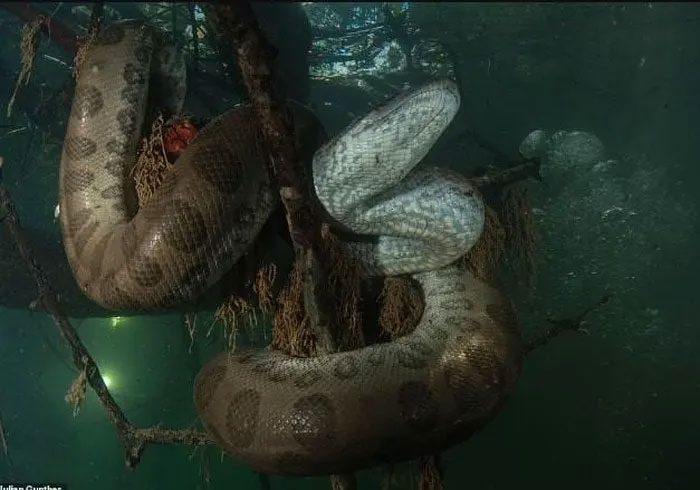
The wetlands of South America are home to many giant snakes. (Photo: Daily Mail).
Julian’s first encounter with a snake was when he was a child, during a trip to the Rio de Janeiro zoo. He was completely overwhelmed when he saw the giant reptiles. “They were terrifyingly large in the eyes of a 4-year-old,” he said.
As he grew older, his curiosity about giant creatures intensified. He sought out stories from mythology and Brazilian folklore related to giant snakes and other animal species. He always wanted to see them up close.
Photographing reptiles and marine creatures in their natural habitats gradually became a lifelong passion for Julian. He often explores with his wife, and both wish to instill a love for wildlife in their daughter.
“When our daughter is older, we will take her on trips. She is nearly 4 years old. At dinner, she told me she wants to go with Dad to see the sea lions,” he happily shared.








































